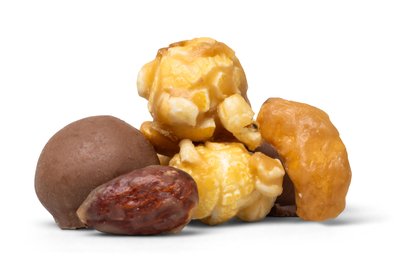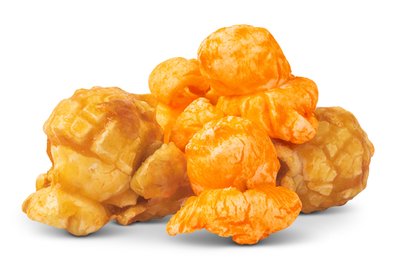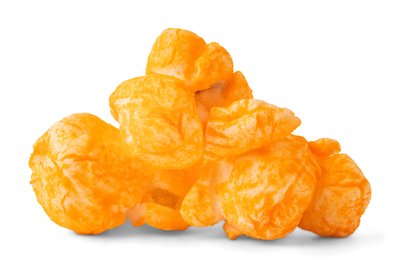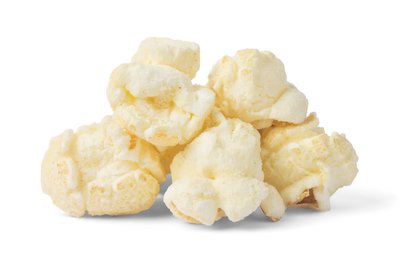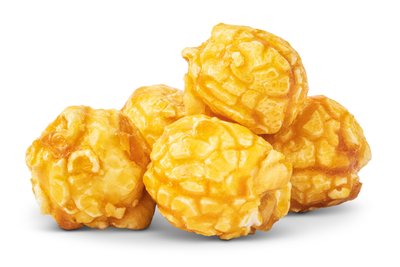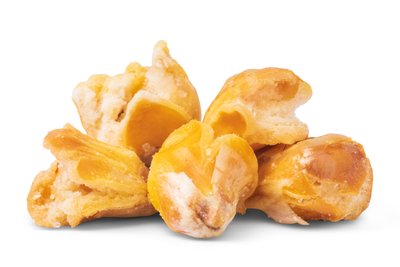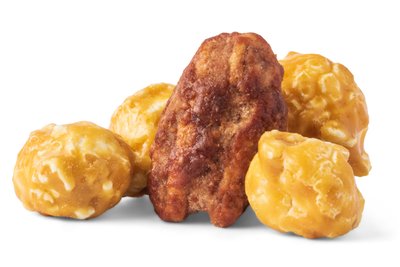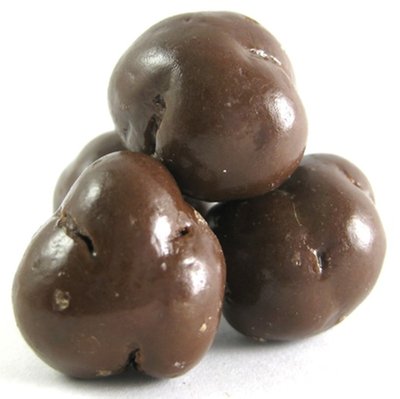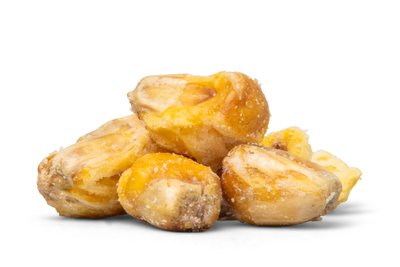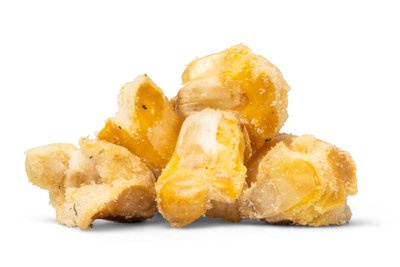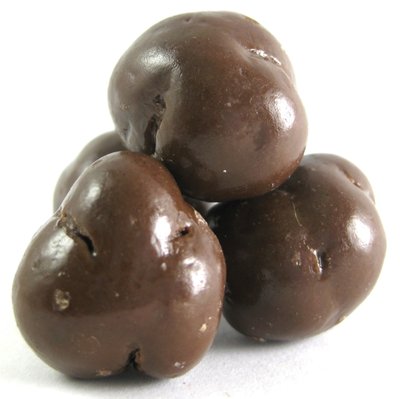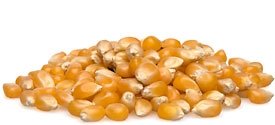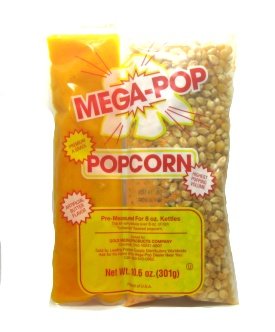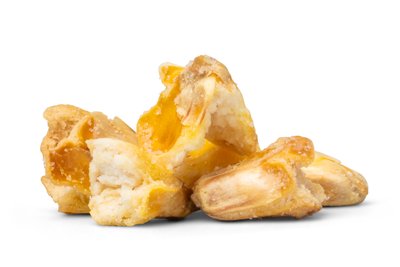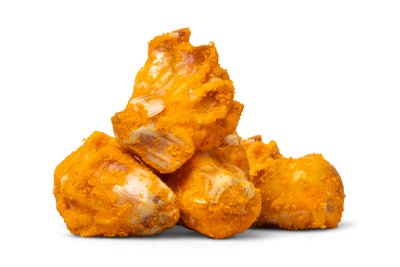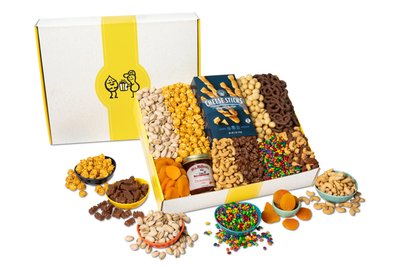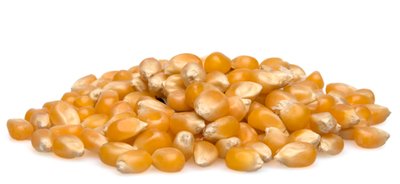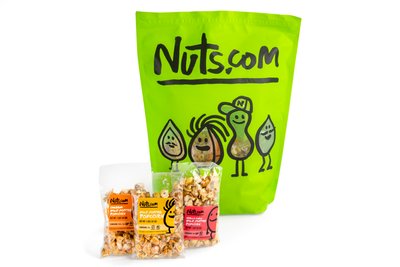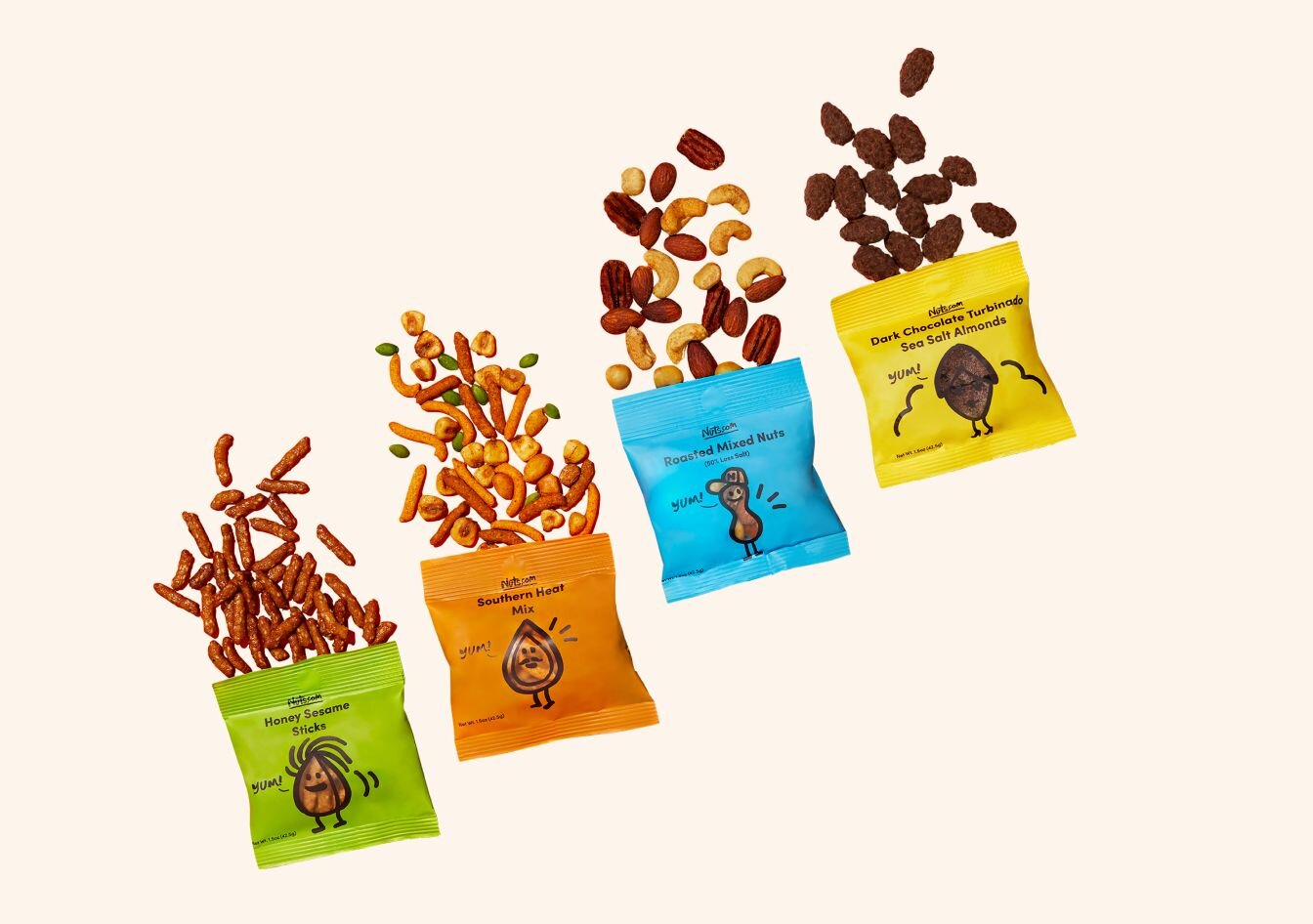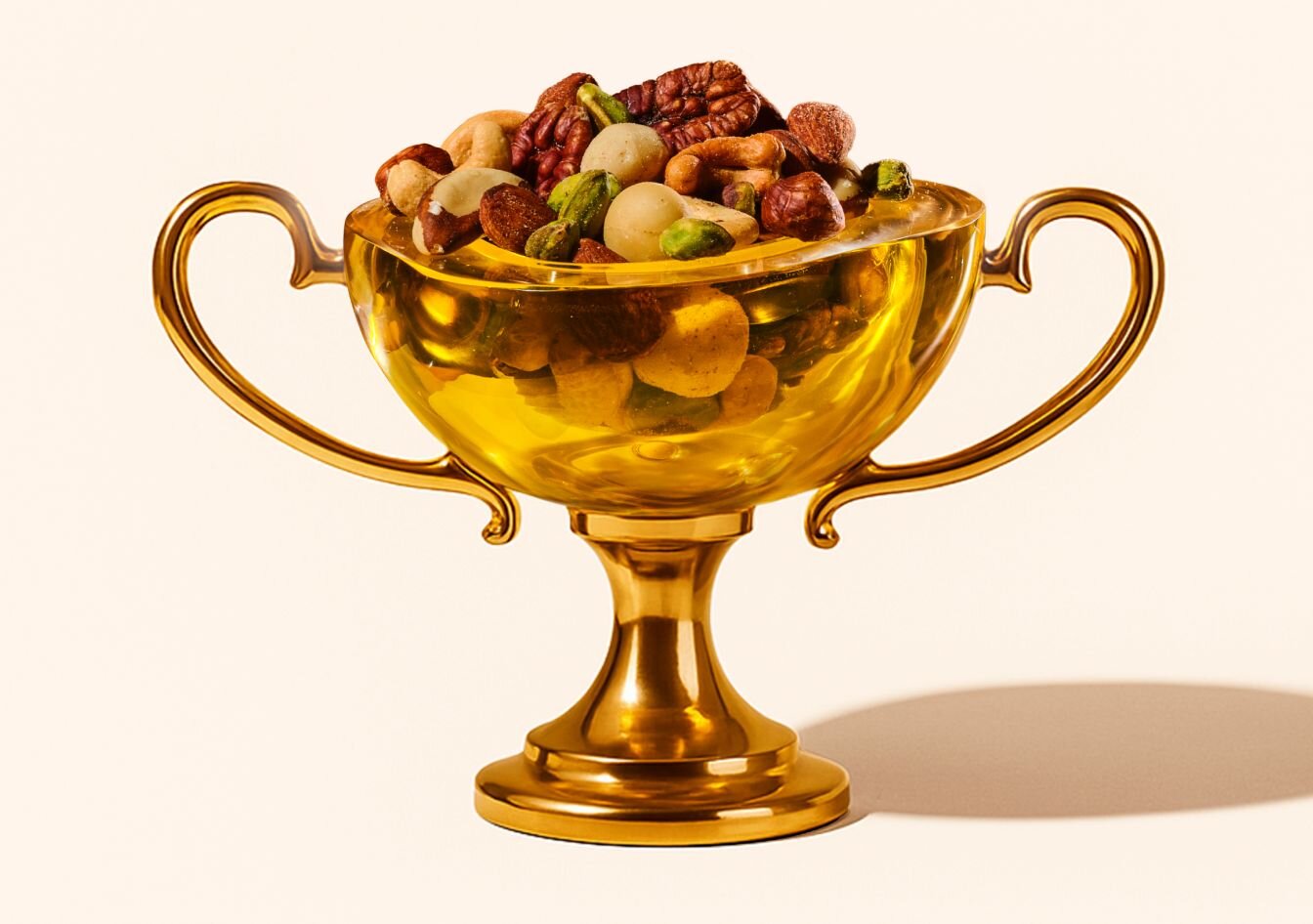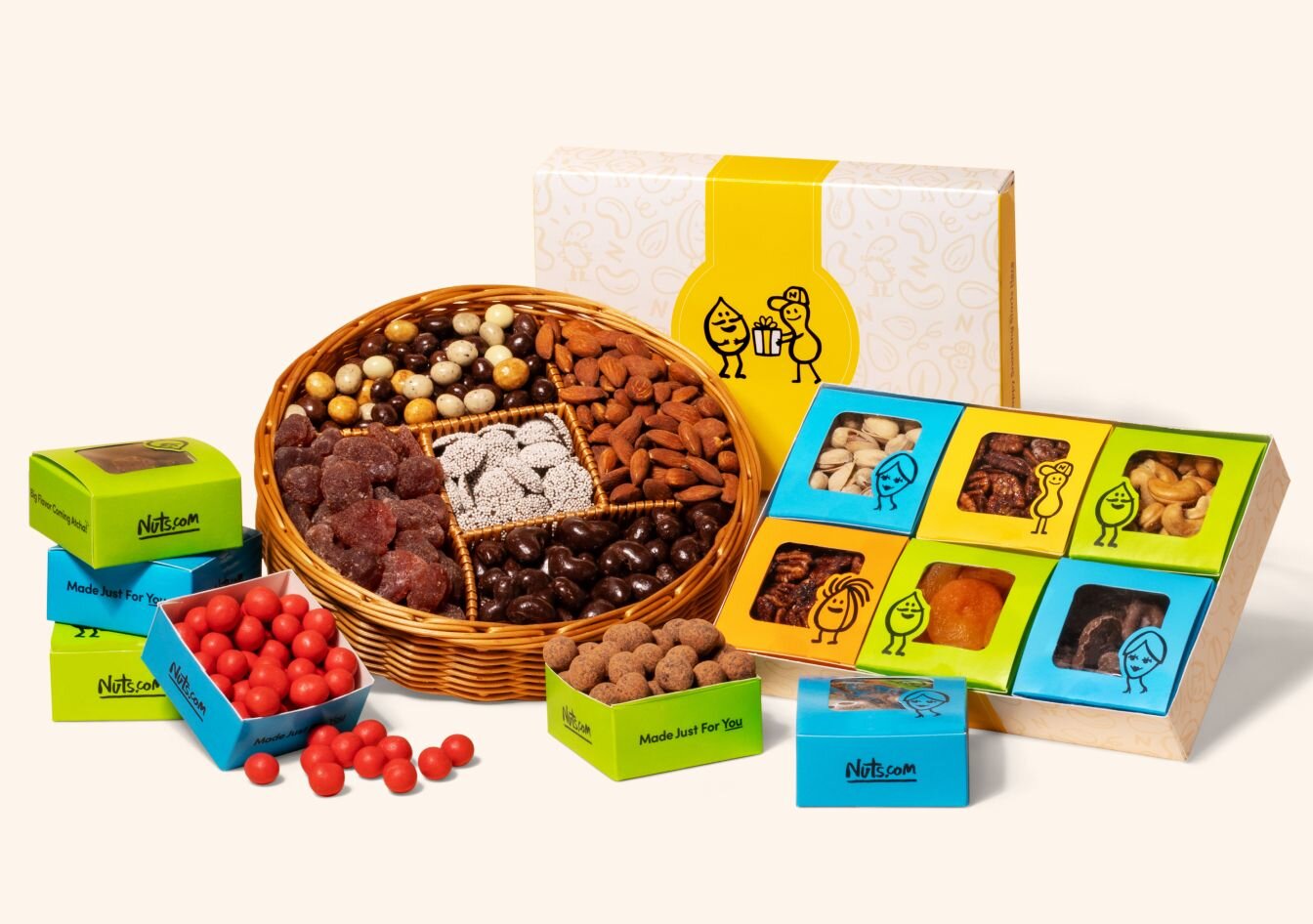Popcorn
Sort by:
A light and airy snack, popcorn is a beloved treat that can be prepared and served in a multitude of manners to offer different, distinctively delicious savors. Though the delectable delight has been enjoyed for centuries, recent developments through artificial selection have created specialized strains of the seed specifically for popping. One result of this artificial popcorn perfection is the emergence of the special shape of mushroom popcorn to accommodate our candy-coated confections; while, on the other hand, nutrient dense colored kernels have also surfaced to supply a healthier strain of the snack.
There are several ways to make popcorn and innumerable methods of preparing it. Though many prefer the treat when it’s coated with salt and butter, others prefer the munchies sweetened, spiced, or plain. The nutritive benefits of the food may also vary greatly depending on its seasonings; plain popcorn, particularly when popped from certain colored kernels, offer an ample supply of antioxidants. The real purported plus of popcorn, though, lies not in what it contains- but in what it lacks.
Popcorn Calories & Nutrition
Standard varieties of popcorn include only 31 calories to a cup once cooked. This is an incredibly low figure for any snack; however, the calorie count can quickly rise when unhealthy toppings are added. For the health-conscious, popcorn is best enjoyed plain and colored varieties of the kernels should be selected to offer a more robust supply of antioxidants, protein and dietary fiber.
Each variety of whole grain popcorn provides phytonutrients that help support cardiovascular health, while the fiber included in the scrumptious seeds can maintain healthy gastrointestinal function. Types of the treat that are particularly rich in antioxidants, such as purple popcorn kernels, may further support heart health and even help maintain a healthy immune response. As stated, however, the preparation and cooking process play a large factor in its nutritive value.
How to Make Popcorn
Coconut oil and canola oil are ideal for a delectable taste and texture on your popcorn, though olive oil offers a healthy alternative. Should you seek to create popcorn in the healthiest possible way, avoid adding butter and salt and instead season your final product with garlic powder and even a bit of cheddar cheese. For a more standard snacking option, follow the instructions below to create perfect stovetop popcorn every time:
- Add ¼ cup of oil to a large pot and add a few popcorn kernels.
- Cover the pot and cook over medium-high heat, using the kernels to test the heat of the pot.
- When the kernels have popped, remove them from the pot and add up to ⅔ of a cup of popcorn kernels.
- Cover the pot and remove it from the heat source for exactly 30 seconds.
- After the 30 seconds have elapsed, place the pot back on the medium-high heat source.
- Cook the kernels, shaking the pot occasionally until the popping slows to a halt.
- Allow the popcorn to cool.
- Optional: Melt 3 tablespoons of butter and mix in 1 ½ tablespoons of sea salt and 2 tablespoons of honey. Whisk the solution until it is completely blended. Pour the mixture over your popcorn and mix the solution thoroughly until the popcorn is coated evenly.
- Serve your perfect popcorn!



